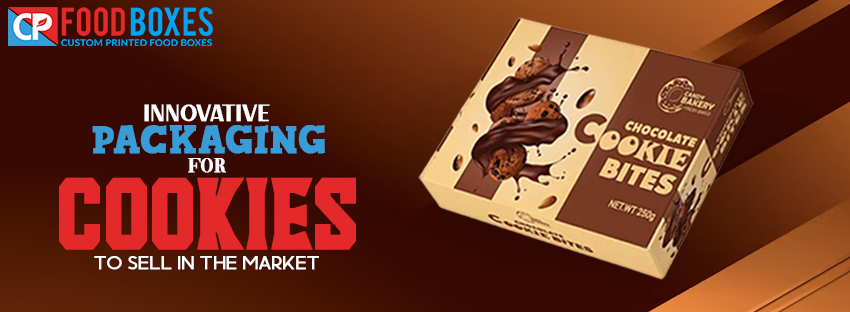
In today’s food industry, packaging for cookies to sell is quite effective to draw customers and get the cookies sold. Besides beautifying cookies’ appearance and preserving them from damage, effective packaging advances creativity.
Proper packaging for cookies to sell enhances their sales, customers’ loyalty, and the growth of a brand in the market.
Cookie packaging shields the product from damage and deterioration, entices the customers, informs the customers and the consumer about the specific product, and therefore assists in branding as well as satisfying the consumers and guaranteeing the success of the product.
New and advanced packaging helps to improve shelf life, durability, and consumer satisfaction while guaranteeing compliance with contemporary buyers’ demands and providing consumers with extraordinary and exciting experiences to make a connection with the brand.
Creatively designed and effectively sealed cookie packaging tackles the challenging factors of appeal, preservation, customers’ preferences, and combating the competition.
Selling packaged products is mostly attractive because it involves obtaining different looks and appealing graphics, which serve as selling points.
Sophisticated packaging methods by CP Food Boxes minimize contact with air and moisture, as well as contamination, and therefore make the cookies remain fresh and tasty.
Contemporary packaging ensures protection from contamination by bacteria and dust as well as physical protection for the products to reduce the risk of damage.
Today’s packaging reflects the changing needs of the consumer regarding convenience, sustainability, and quality, which leads to better satisfaction and brand preference.
Here are some types of packaging for cookies to sell:
Modern packaging for cookies to sell entails the use of high-tech solutions to boost product quality and consumers’ satisfaction.
This packaging helps to keep cookies at the right temperature so that there is no spoilage during transportation and storage of the cookies.
People can determine the freshness of package cookies through indicators incorporated in the packaging. They are provided with a label indicating the packing date, ensuring that the consumer has the cookies’ quality at their disposal.
Customers value sustainability and ease of use, which is achieved through the use of biodegradable and reusable materials, energy-efficient design, and functional aspects in practice.
Producers’ shoppers require packaging that will promote fresh products, ease of use, and compatibility with the consumer’s ethos, such as environmental conservation and clear labeling.
Consumers are encouraged to buy products through word-of-mouth messages on social media and reviews, as they value convenience and well-packaged items. Brands, therefore, prioritize attractive and innovative packaging to meet these preferences.
However, innovative cookie packaging also has its own downsides due to factors such as high costs, compliance with regulatory agencies, and other related matters concerning shipment and the like. Some of the strategies are affordable technologies, legal compliance through consulting services, and an efficient supply chain.
Challenge: This is always the case when it comes to packaging; innovative packaging always attracts high costs.
Solution: Select the appropriate technologies and materials that are efficient, inexpensive, and result-oriented, with scope for improvement.
Challenge: Meet the challenges of numerous and intricate food safety and packaging requirements.
Challenge: Coordinating the distribution and storage of new types of packaging materials.
In the future, the development of the cookies’ packaging will include innovations in biodegradable substances, intelligent solutions regarding freshness, and individual design.
In relation to the constant transformation of the food industry, appropriate and inventive cookie packaging remains the key to ensuring consumers’ engagement and sales.
Thus, incorporating enhanced technologies, eco-friendly raw materials, and aesthetic looks serves both the functional and sensory requisites, further boosting the aesthetics of the product and quality.
